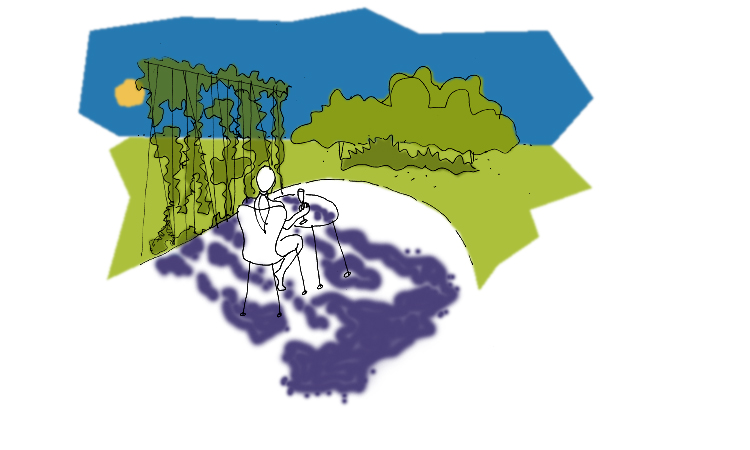Until the plantings are doing their job, you might have to rely on some temporary shade solutions – maybe some cool umbrellas.
If the thought of waiting 5, 10, or even more years until the vines clamber over the pergola or the tree reaches full height fills you with anxiety, you might need to consider a built solution.
As well as the benefit of shade without the wait, this allows you to complement the architectural detailing of your house. You have to consider all the seasons carefully though, as there aren’t too many deciduous rooves around if you also need winter sun. And of course, structures require maintenance, just like the rest of your house and garden.
Often, a combination of built and growing shade solutions can be tailored to meet your exact conditions and requirements.



















